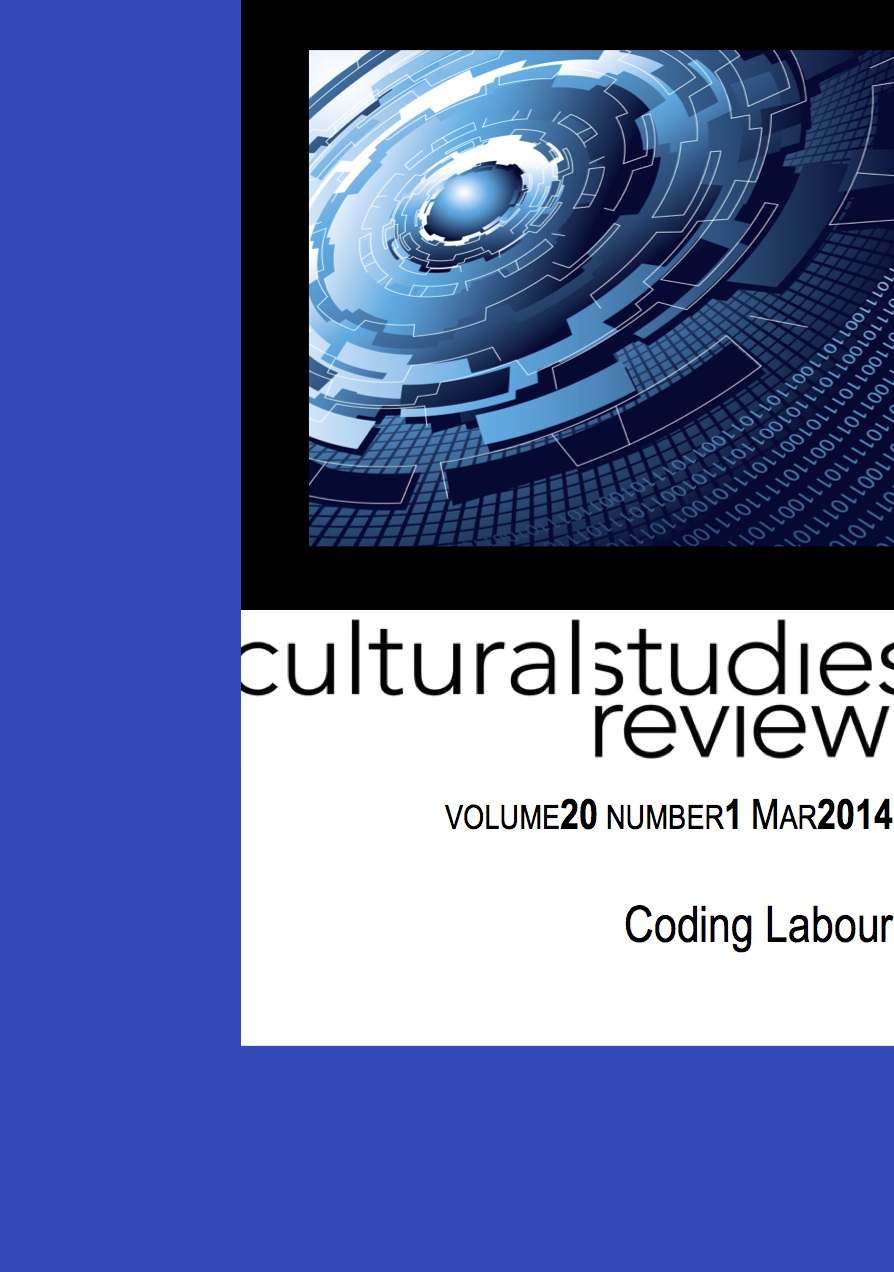Putting a Face to a Name: Visualising Human Rights
Main Article Content
Abstract
In this essay, I focus on a text which attempts to deal with human rights issues in an accessible media format, Kälin, Müller and Wyttenbach’s book, The Face of Human Rights. I am interested in this text as an attempt to translate between different modes of communicating about human rights, which we might call the academic mode, the bureaucratic mode, the activist mode and the popular media mode. There are significant gaps between the academic debates on human rights, the actual language and protocols of the bodies devoted to ensuring the achievement of basic human rights, the language of activists, and the ways in which these issues are discussed in the media. These issues are compounded in a transnational frame where people must find ways of communicating across differences of language and culture. These problems of communicating across difference are inherent to the contemporary machinery of the international human rights system, where global institutions of governance are implicated in the claims of individuals who are located in diverse national contexts. Several commentators have noted the importance of narrative in human rights advocacy, while others have explored the role of art. I am interested in analysing narrative and representational strategies, from a consciousness that texts work not only through vocabulary and propositional content, but also through discursive positioning. It is necessary to look at the structure of texts, the contents of texts, and the narrative strategies and discursive frameworks which inform them. Similar points can be made about photography, which must be analysed in terms of the specific representational possibilities of visual culture.
Article Details
Section
Authors who publish with this journal agree to the following terms:
a) Authors retain copyright and grant the journal right of first publication with the work simultaneously licensed undera Creative Commons Attribution License that allows others to share and adapt the work with an acknowledgement of the work's authorship and initial publication in this journal.
b) Authors are able to enter into separate, additional contractual arrangements for the non-exclusive distribution of the journal's published version of the work (e.g., post it to an institutional repository or publish it in a book), with an acknowledgement of its initial publication in this journal.
c) Authors are permitted and encouraged to post their work online (e.g., in institutional repositories or on their website) prior to and during the submission process, as it can lead to productive exchanges, as well as earlier and greater citation of published work (See The Open Access Citation Advantage Service). Where authors include such a work in an institutional repository or on their website (ie. a copy of a work which has been published in a UTS ePRESS journal, or a pre-print or post-print version of that work), we request that they include a statement that acknowledges the UTS ePRESS publication including the name of the journal, the volume number and a web-link to the journal item.
d) Authors should be aware that the Creative Commons Attribution (CC-BY) License permits readers to share (copy and redistribute the work in any medium or format) and adapt (remix, transform, and build upon the work) for any purpose, even commercially, provided they also give appropriate credit to the work, provide a link to the license, and indicate if changes were made. They may do these things in any reasonable manner, but not in any way that suggests you or your publisher endorses their use.
